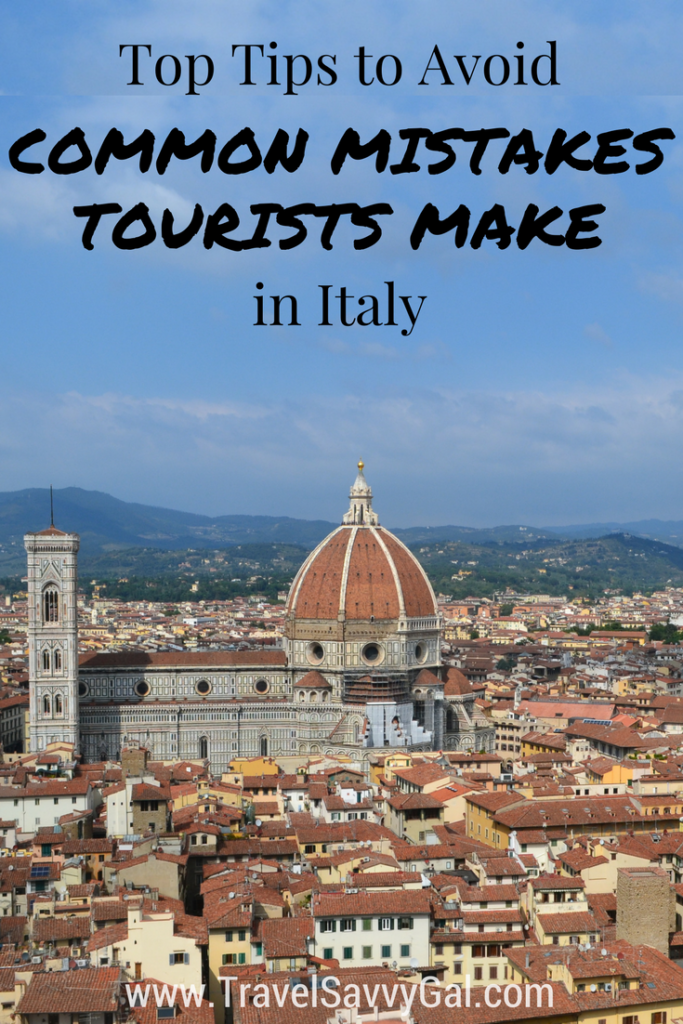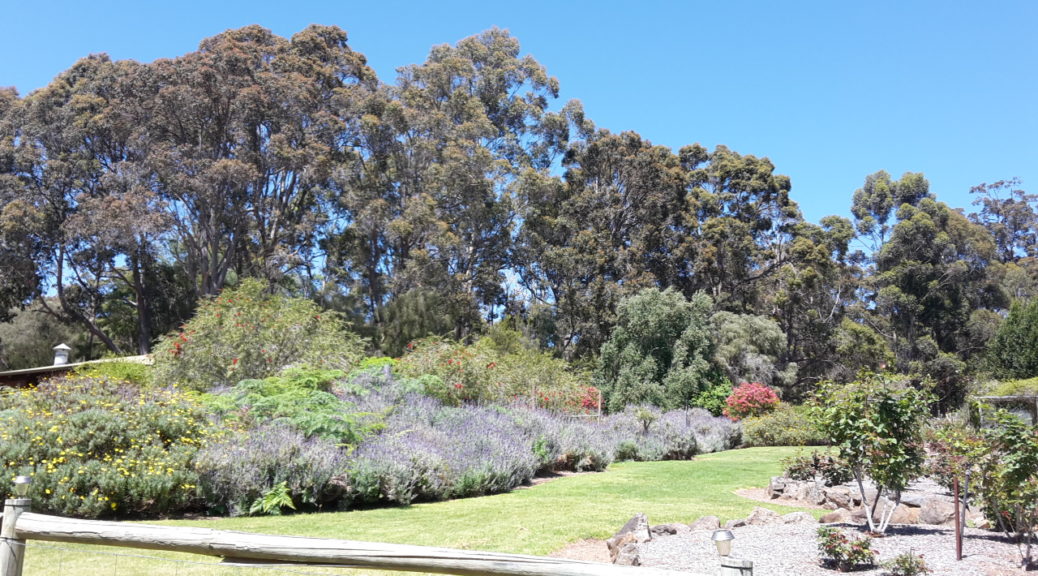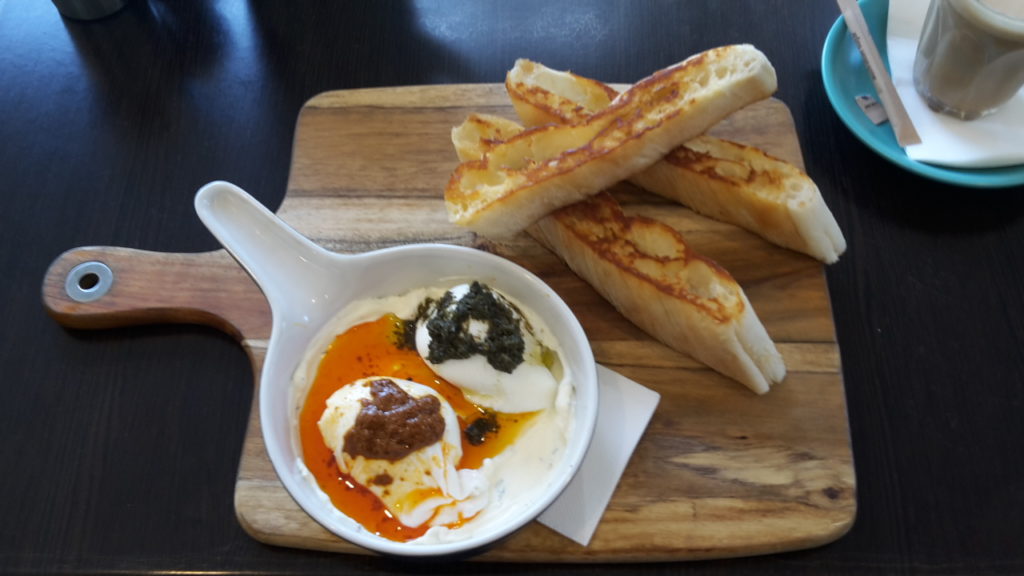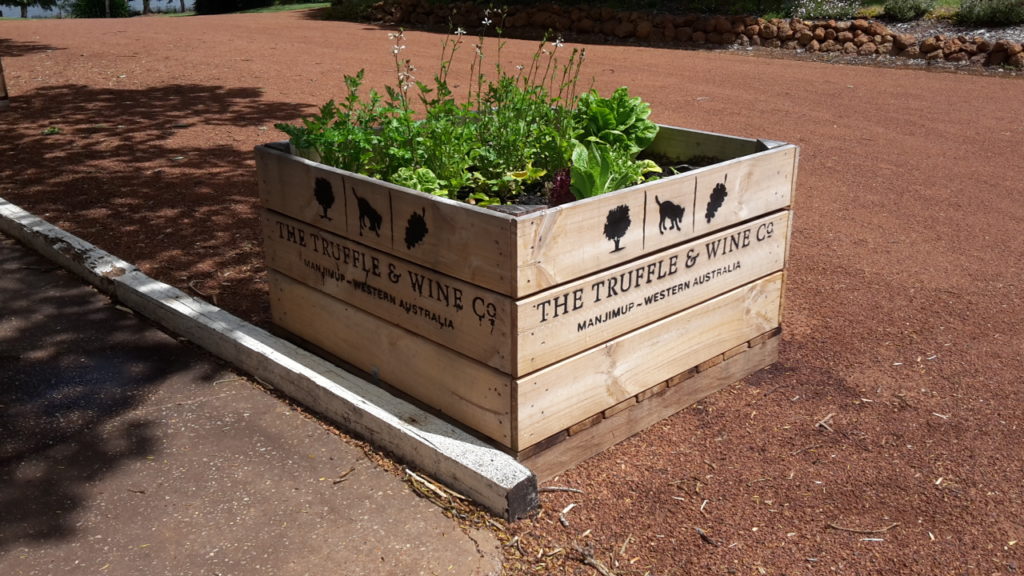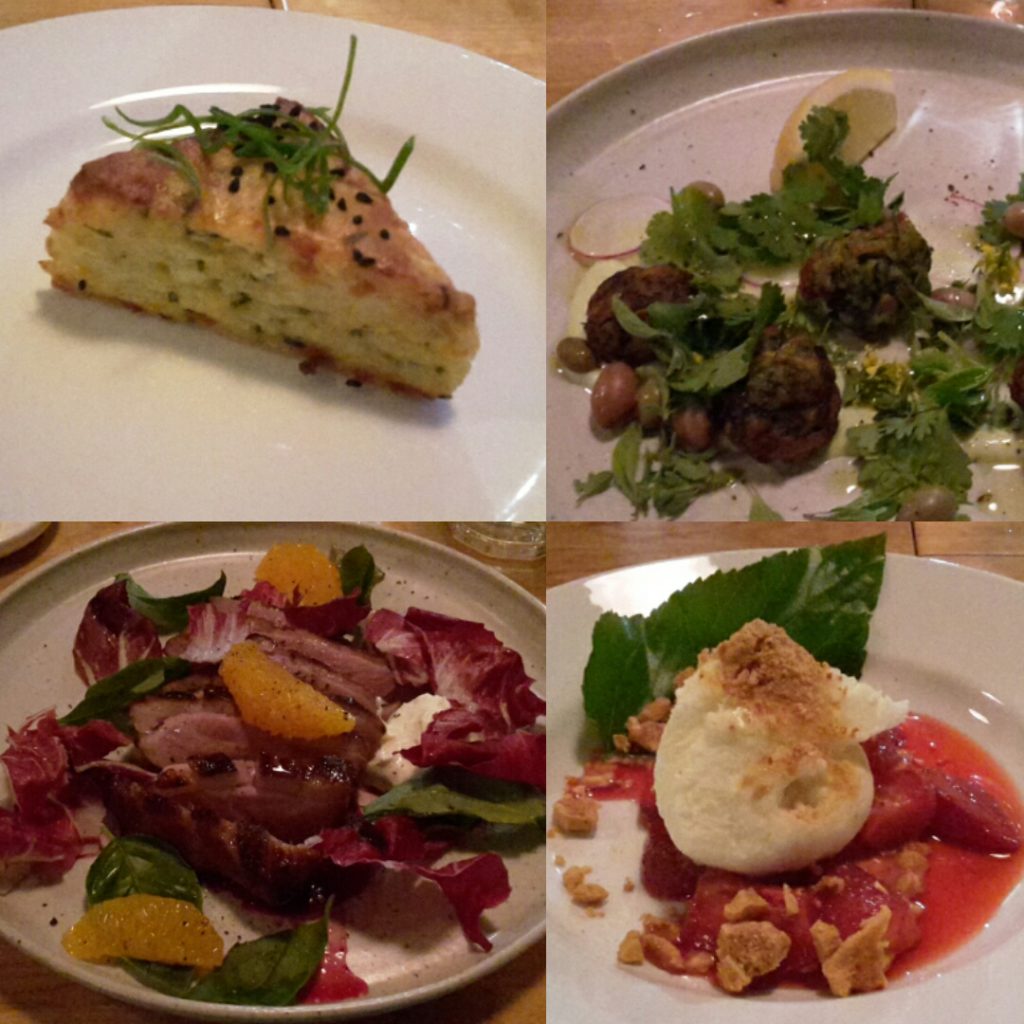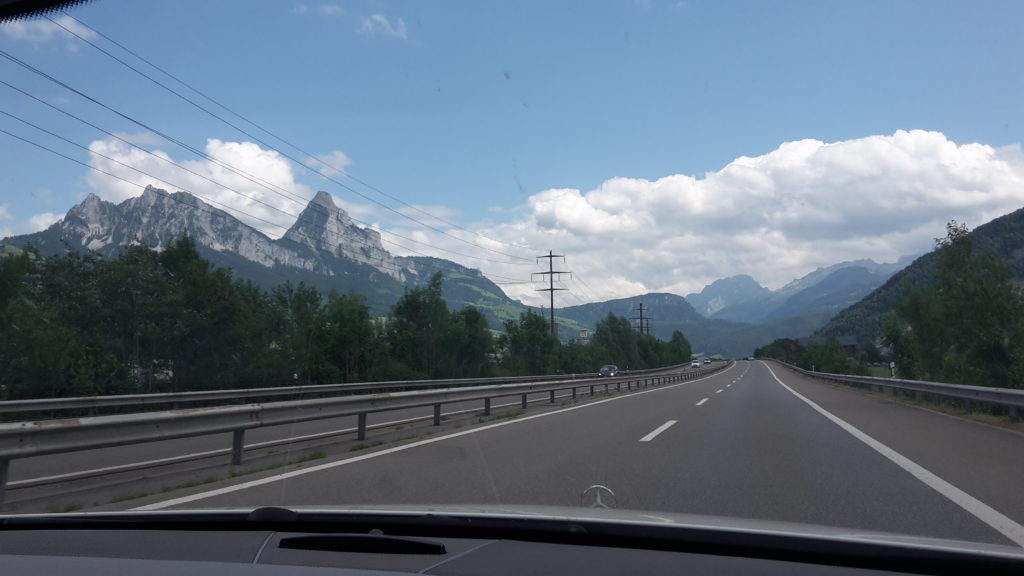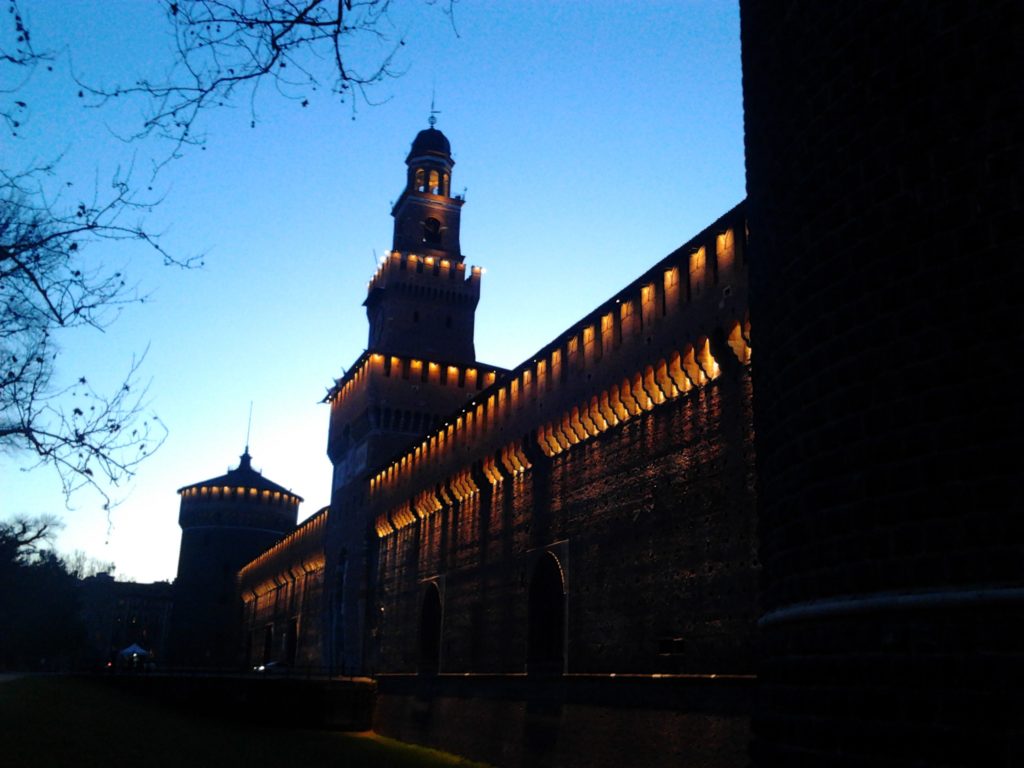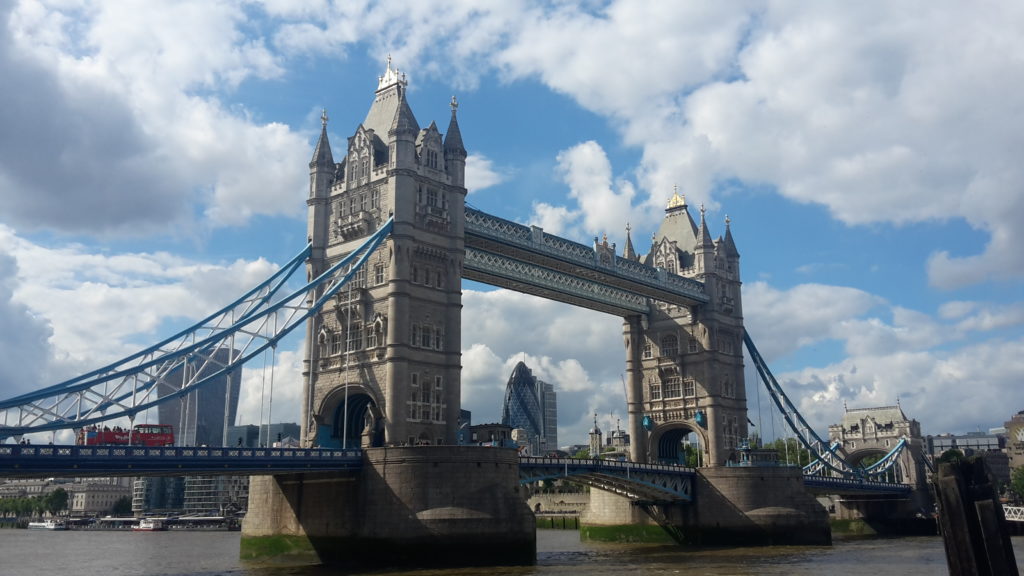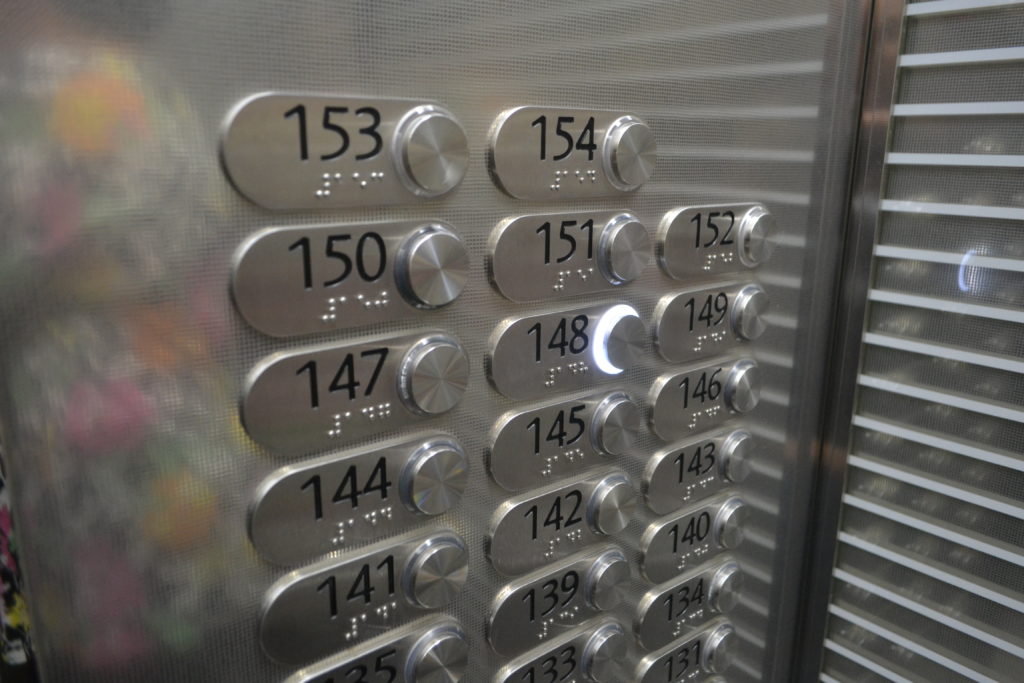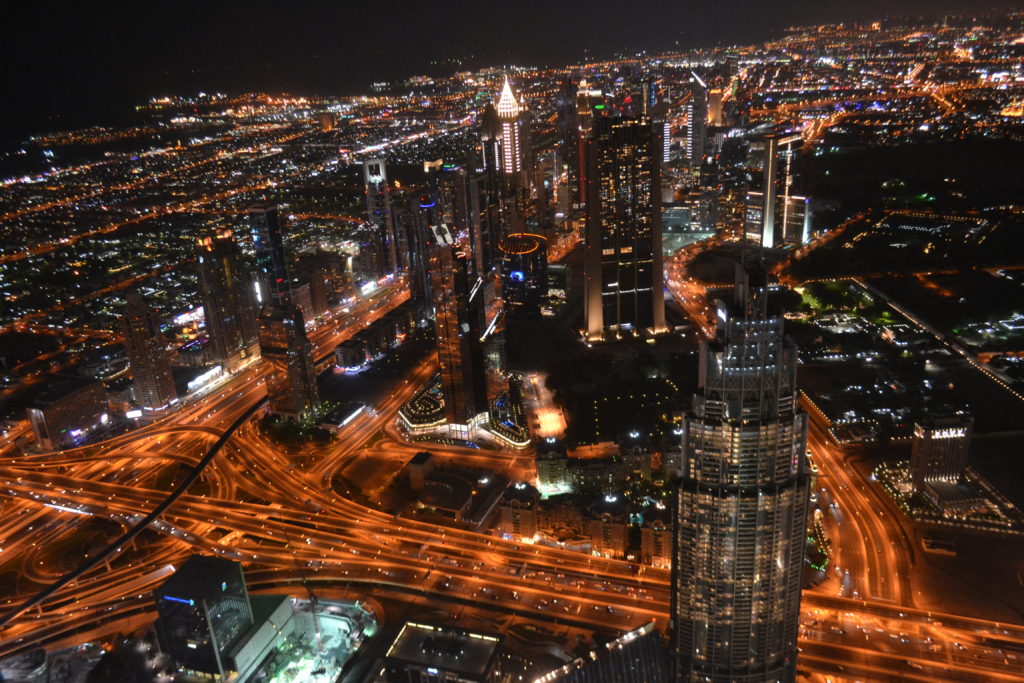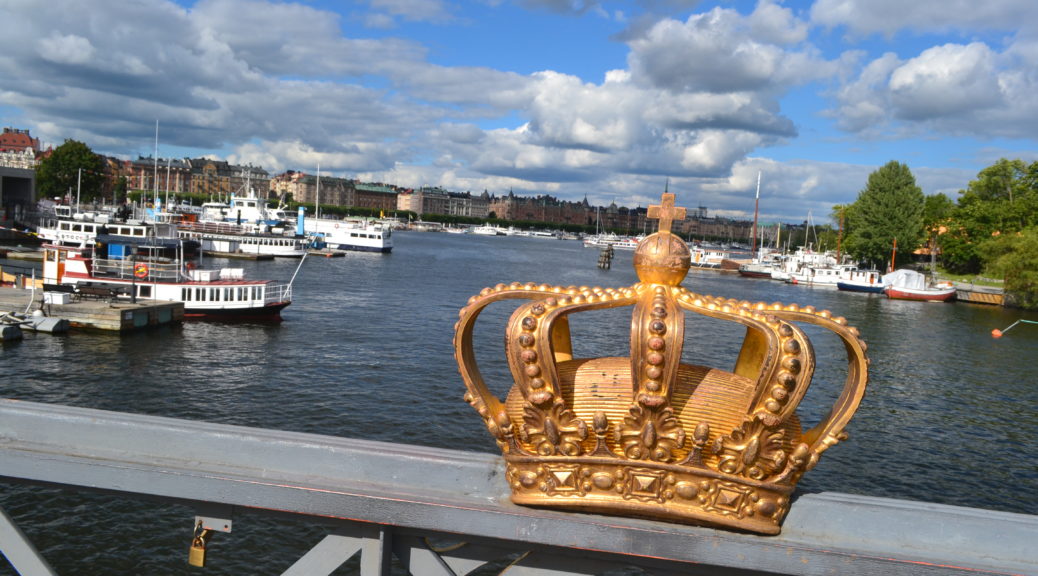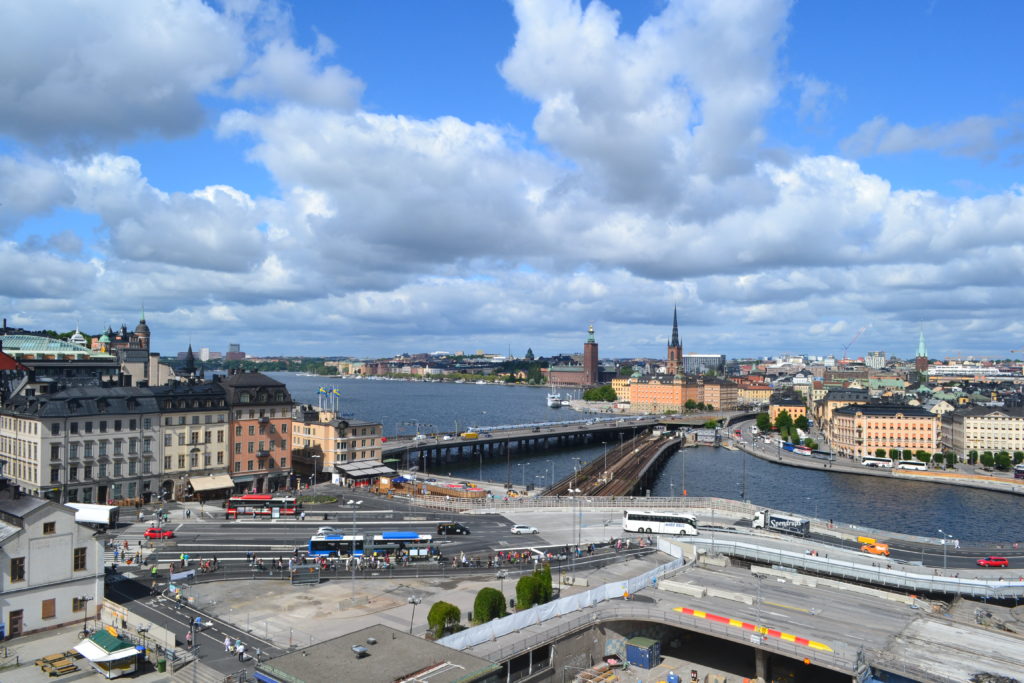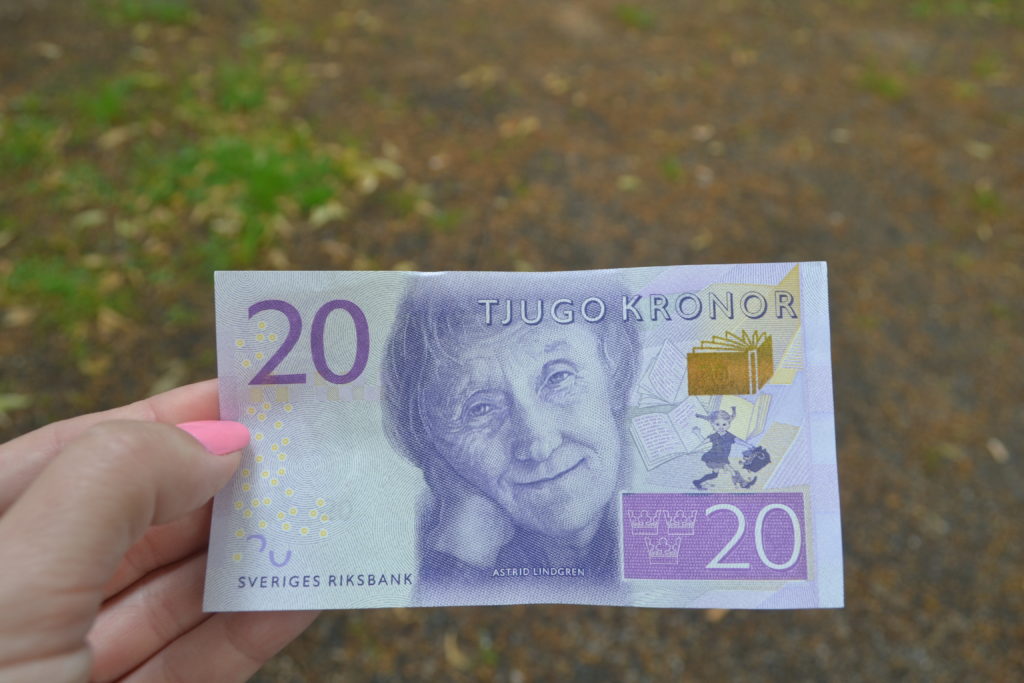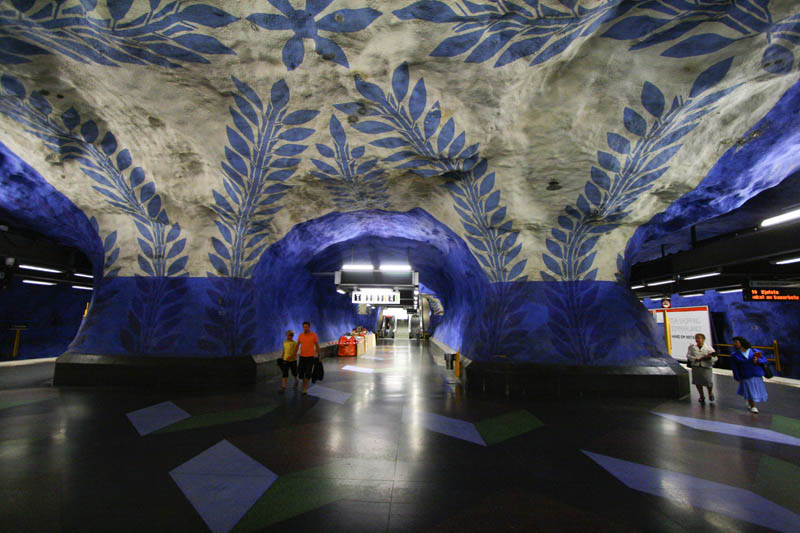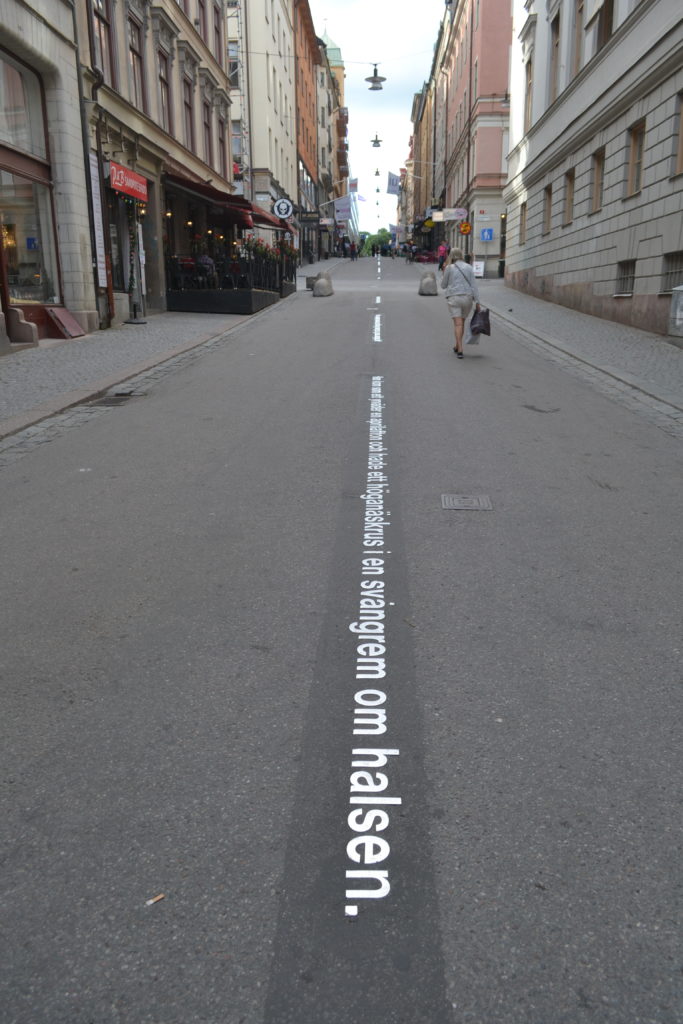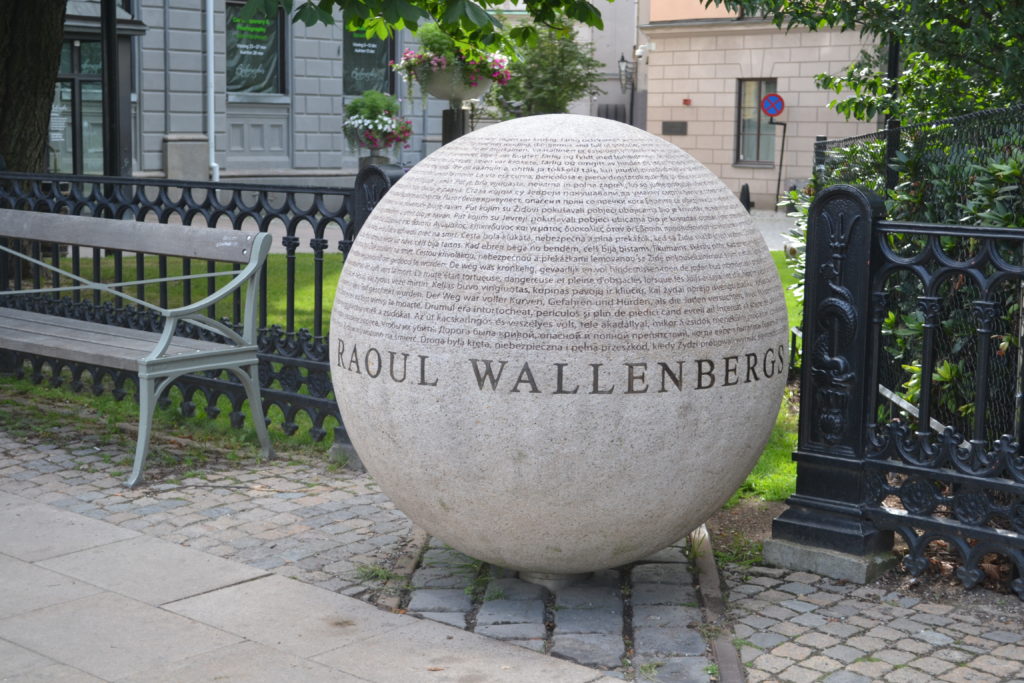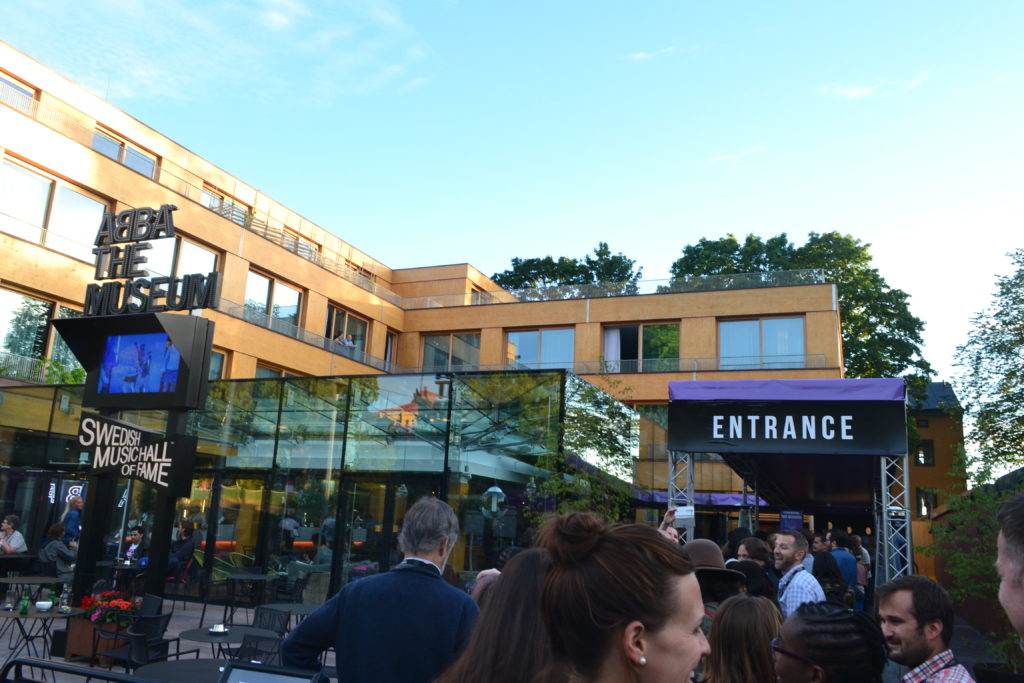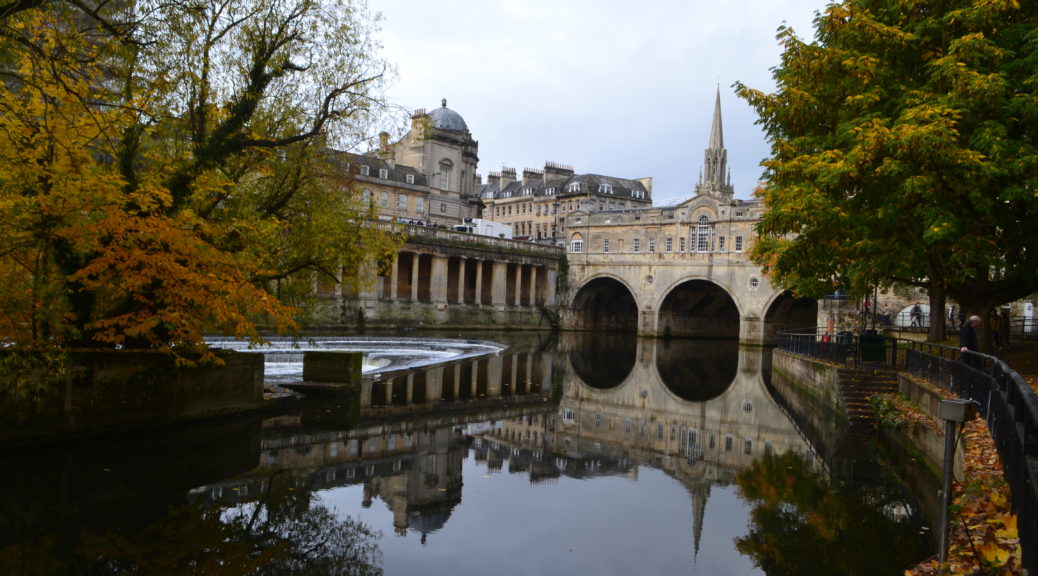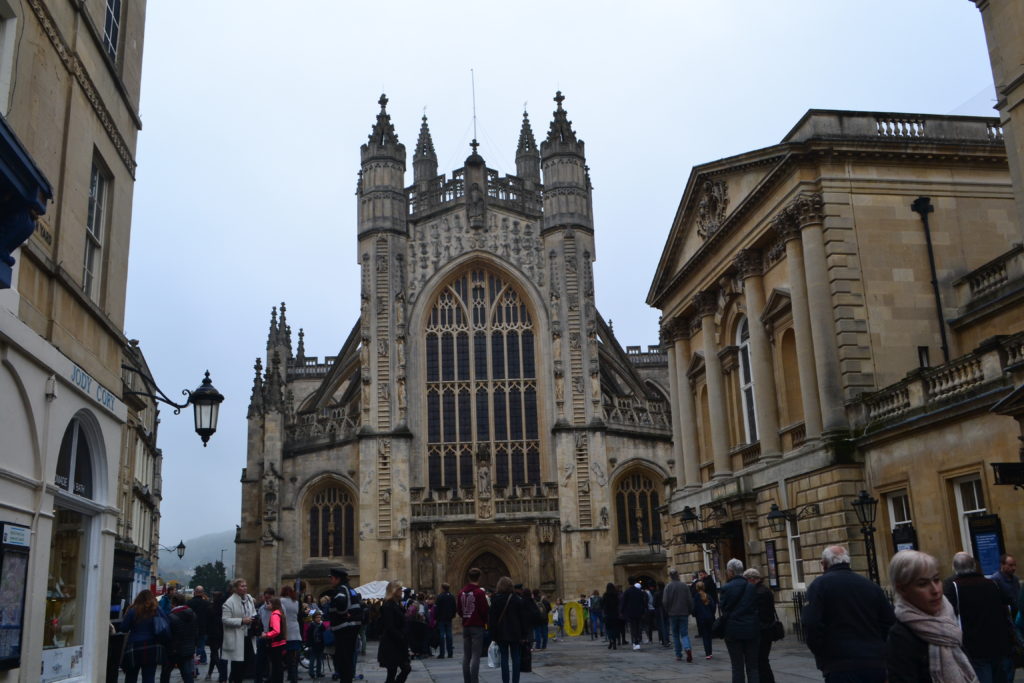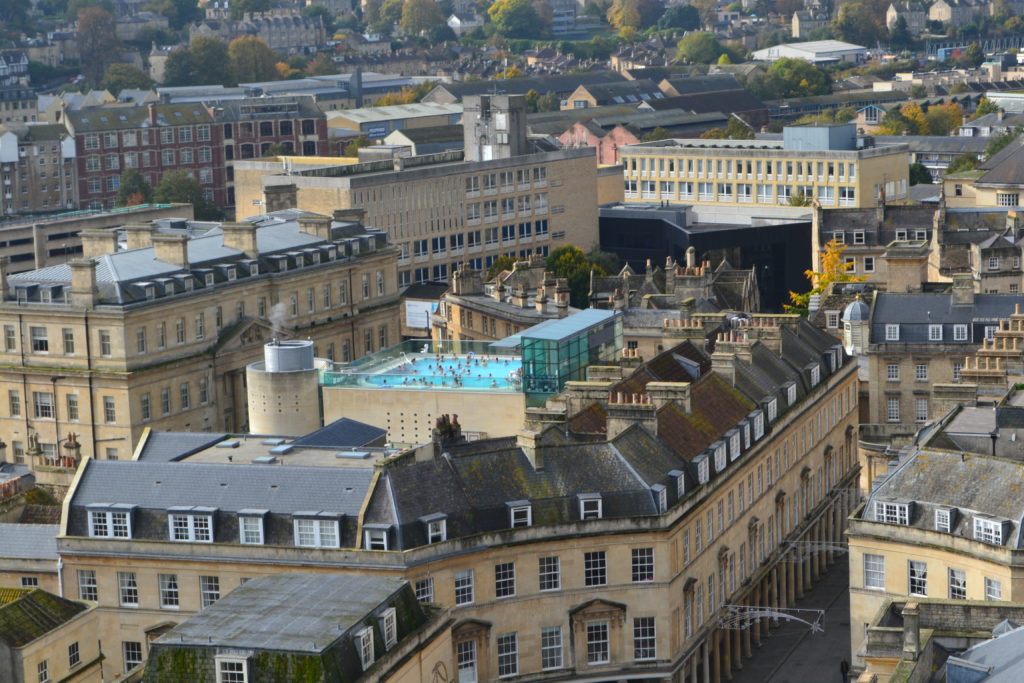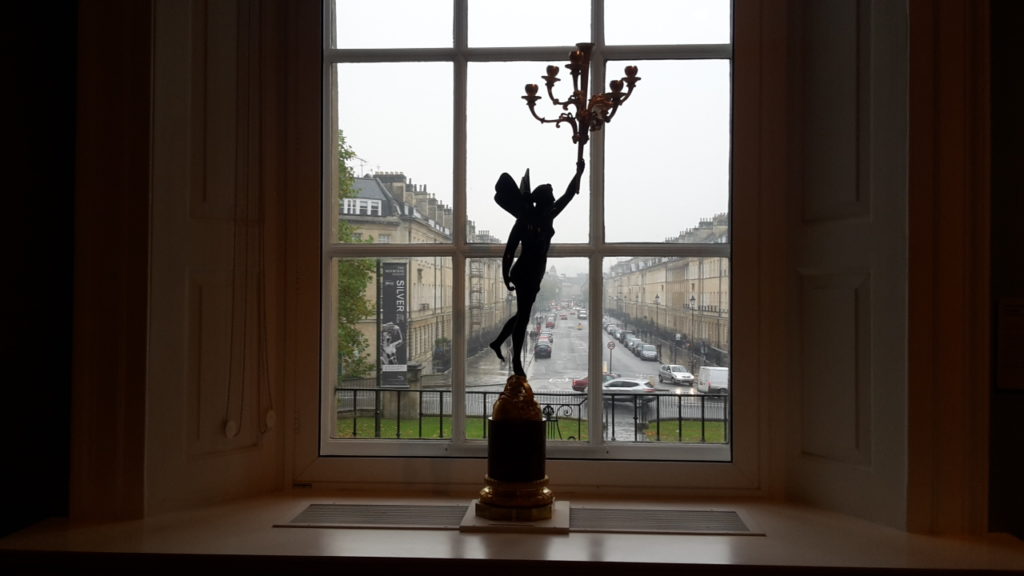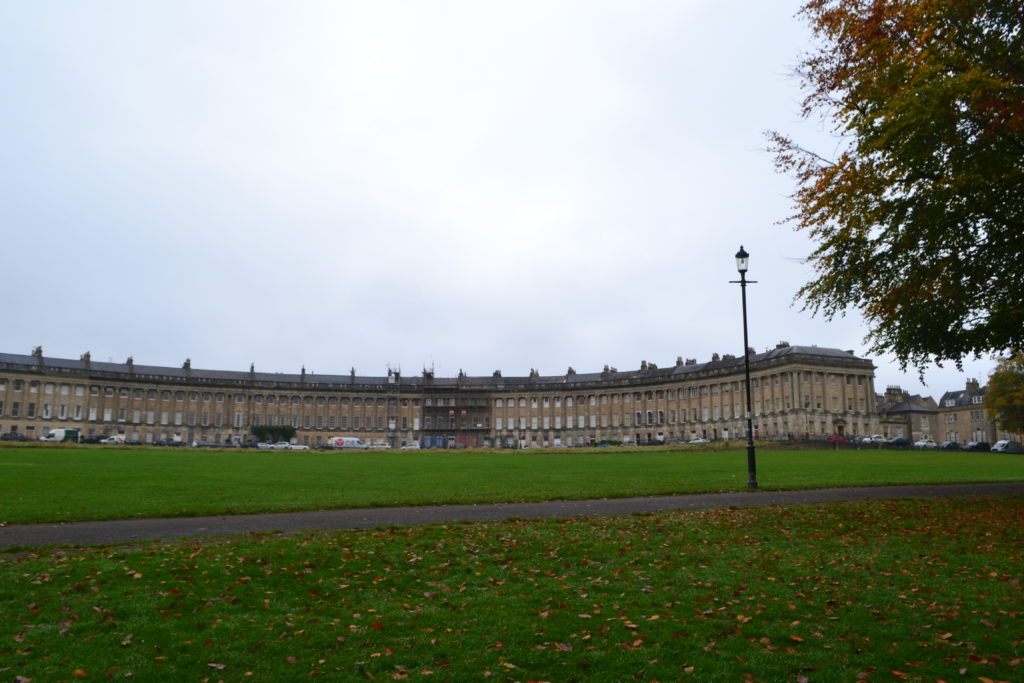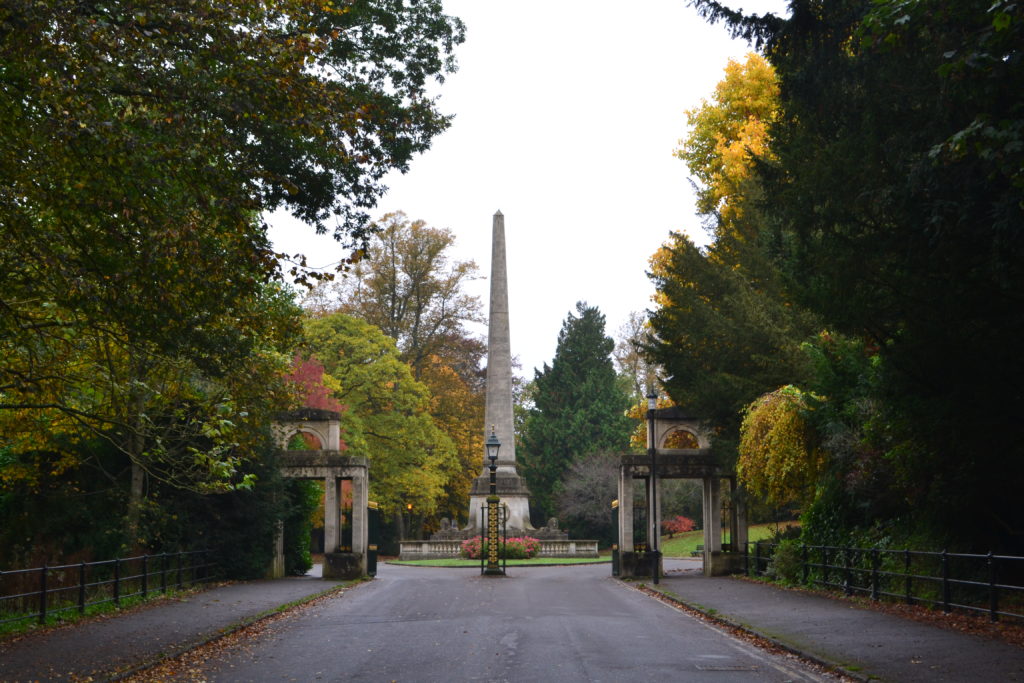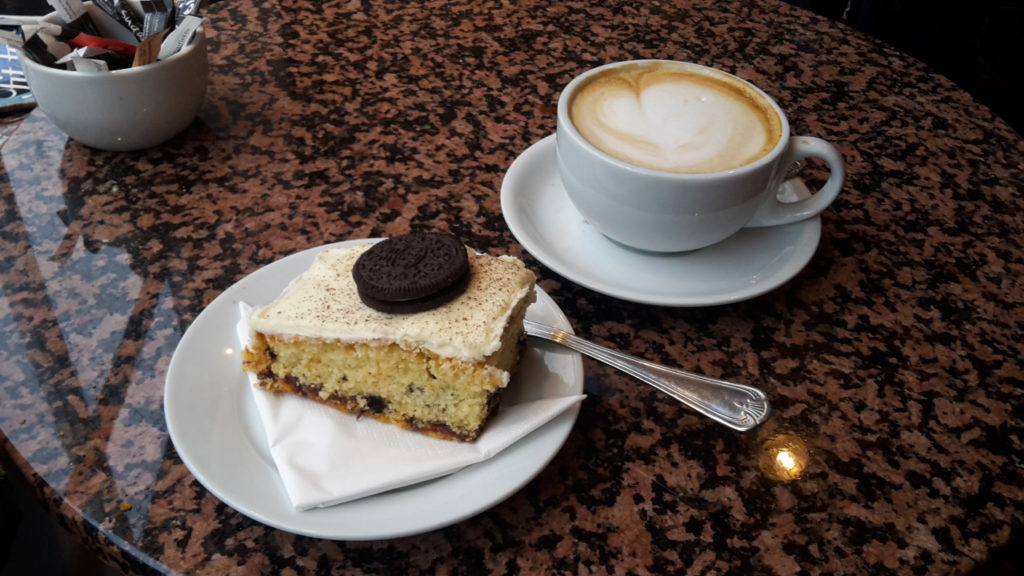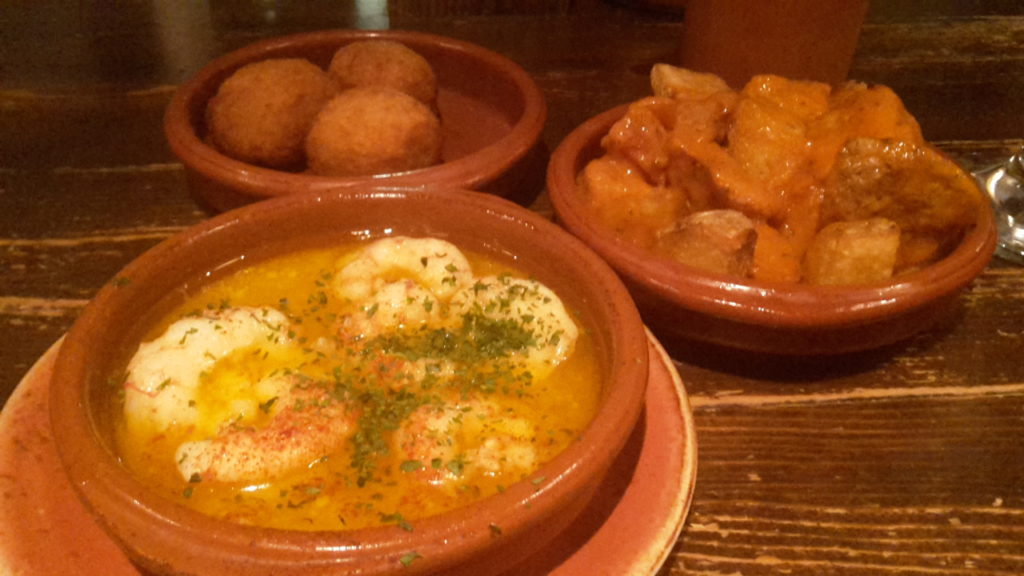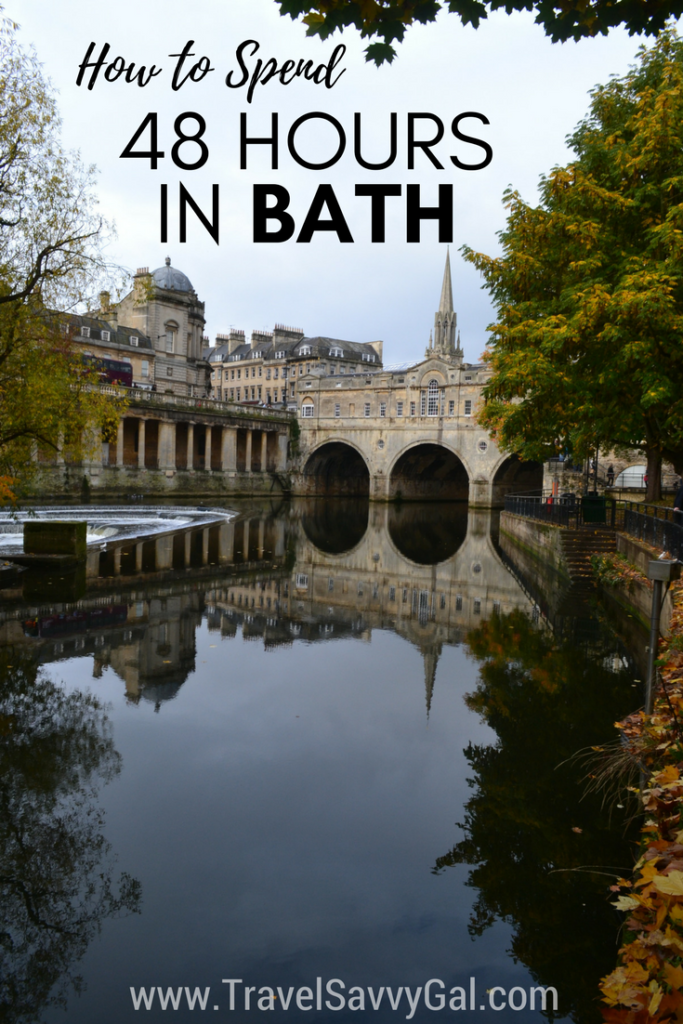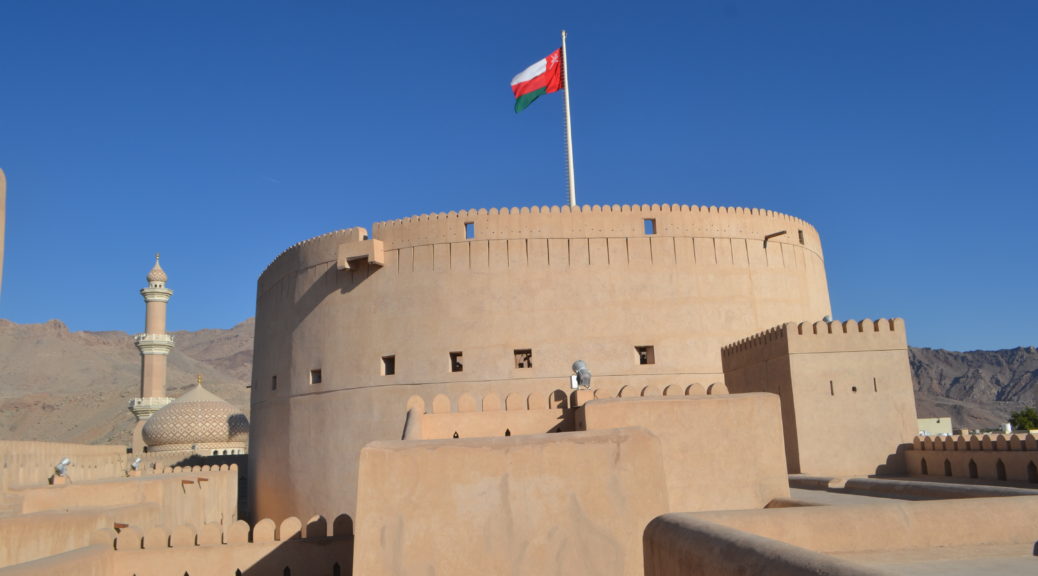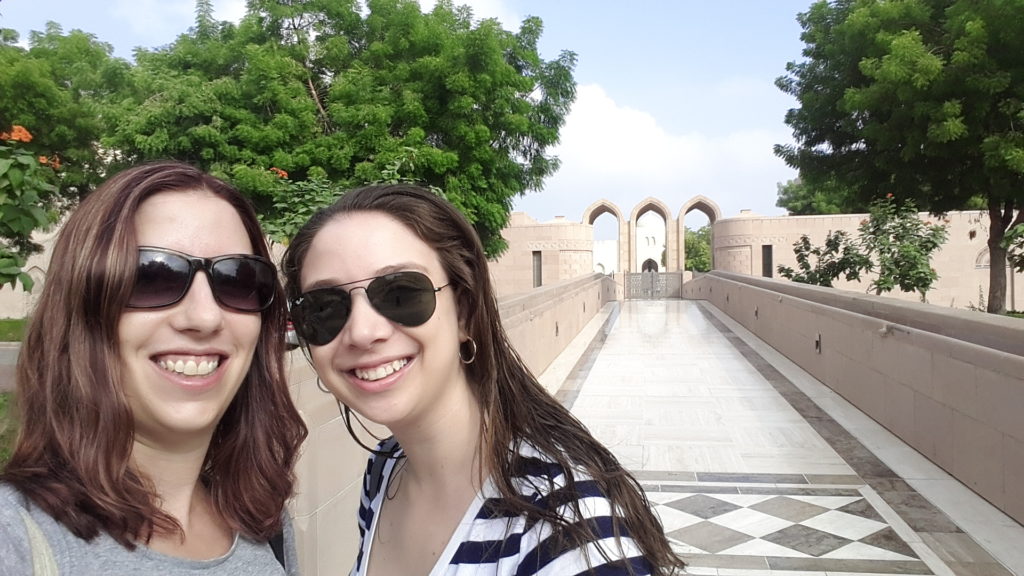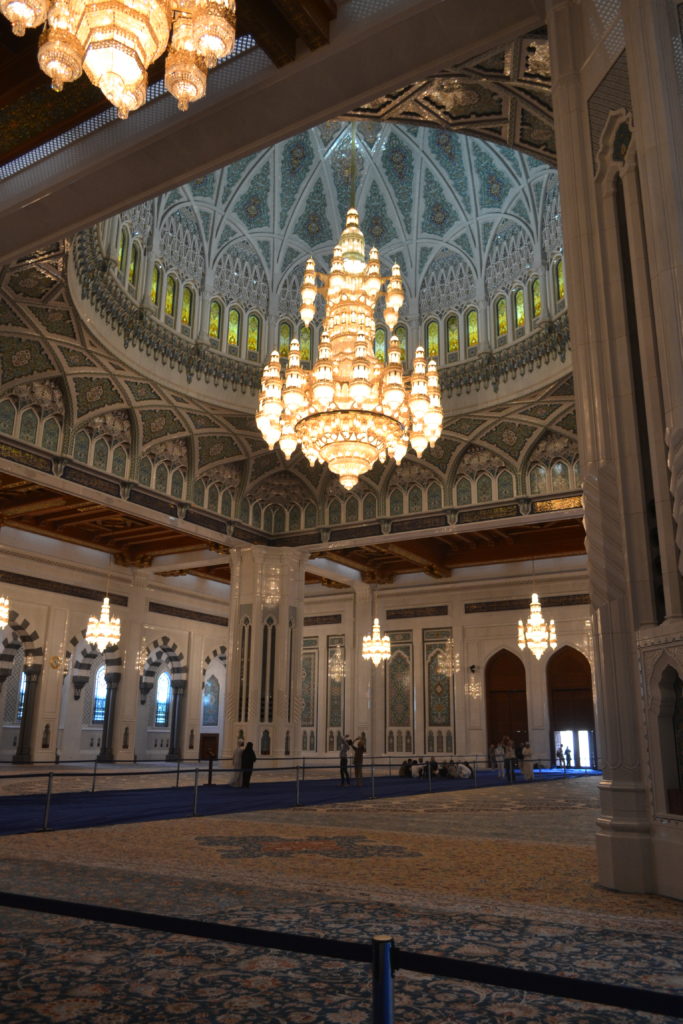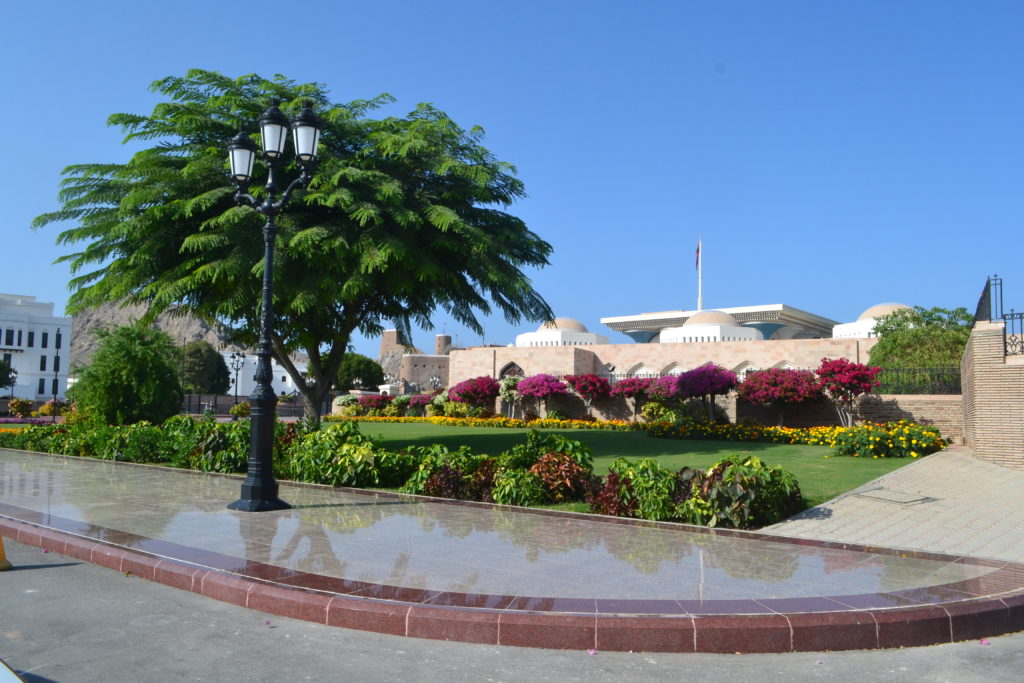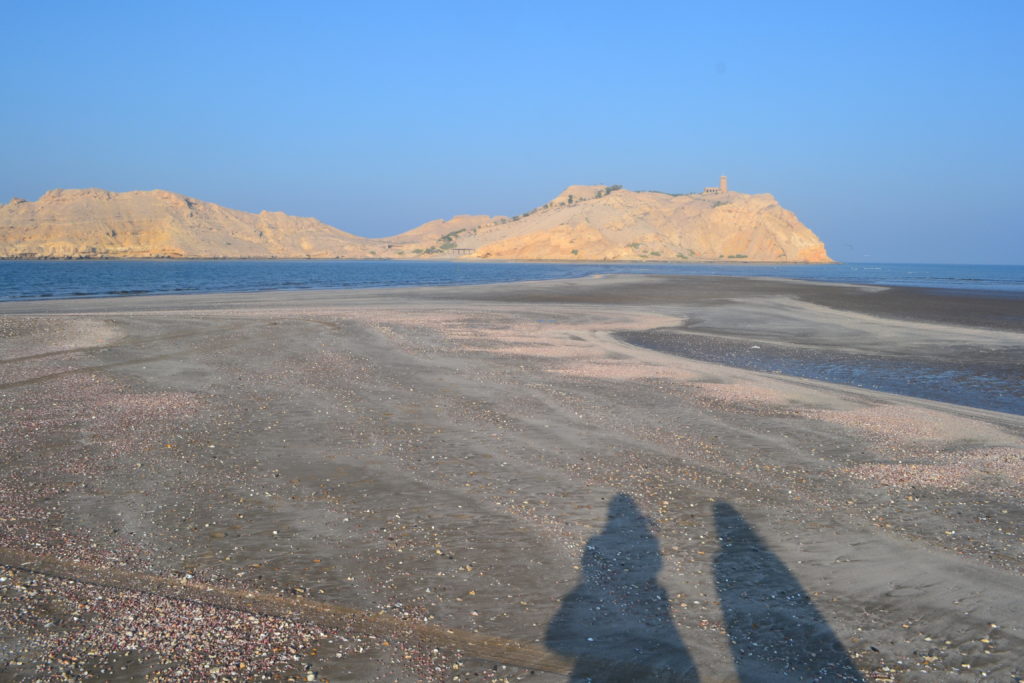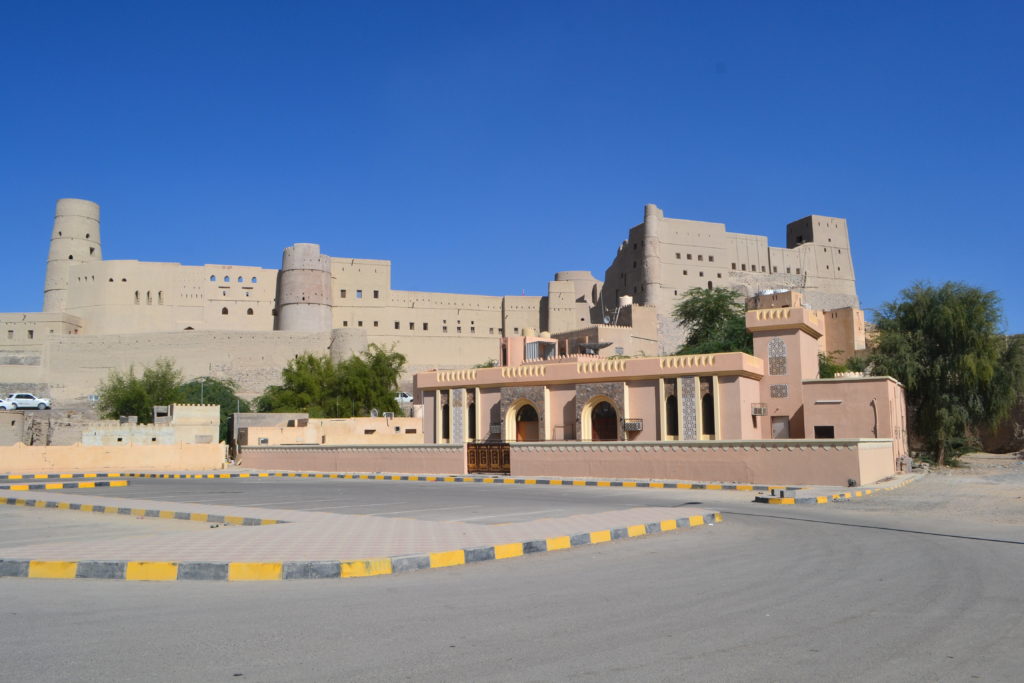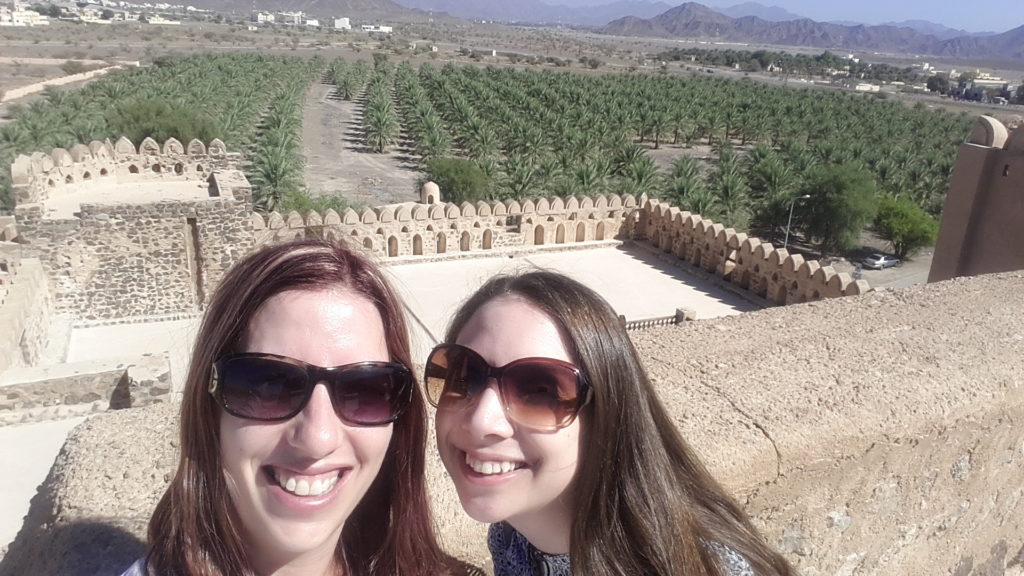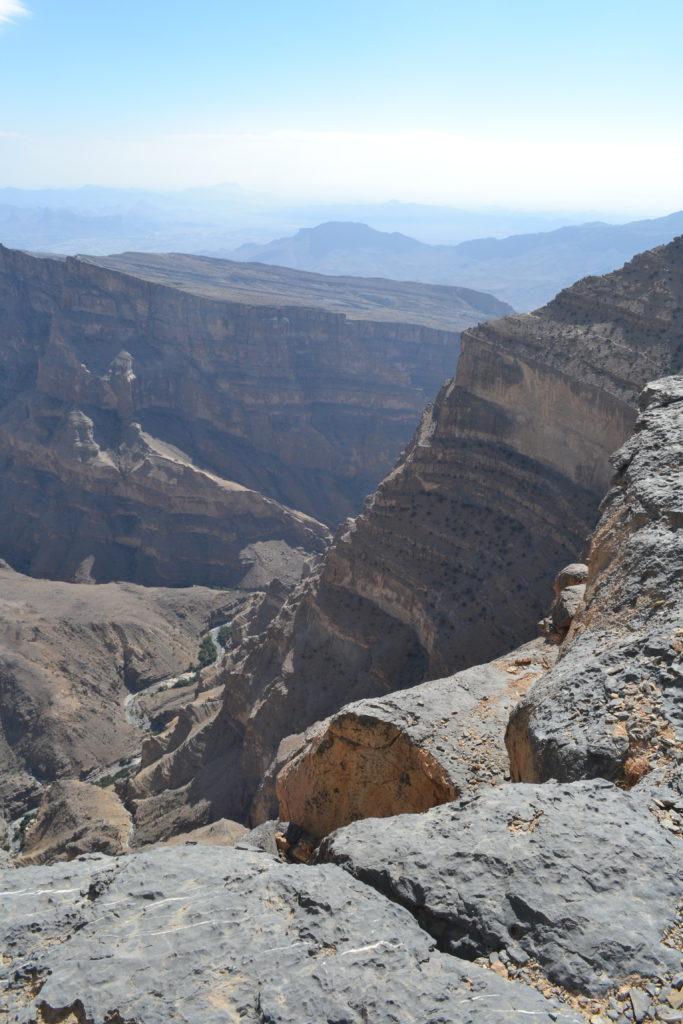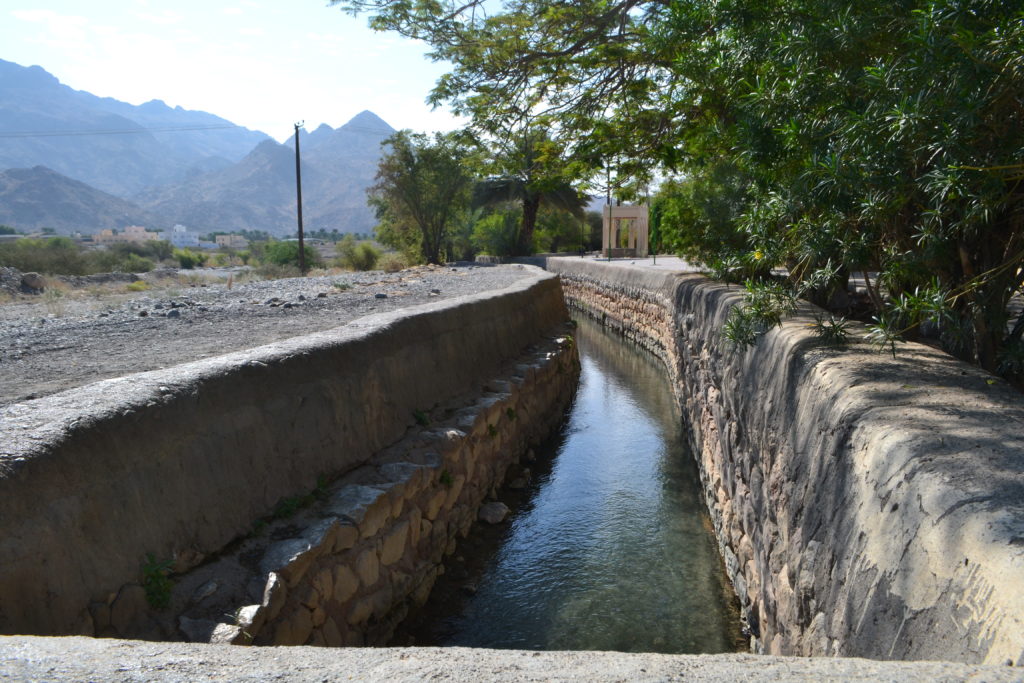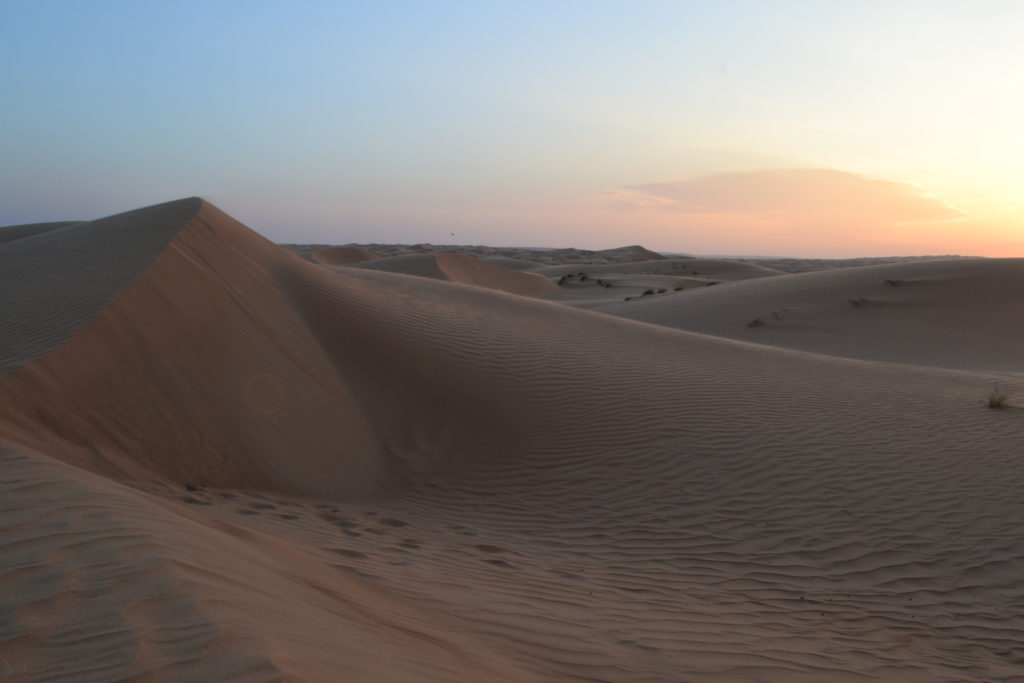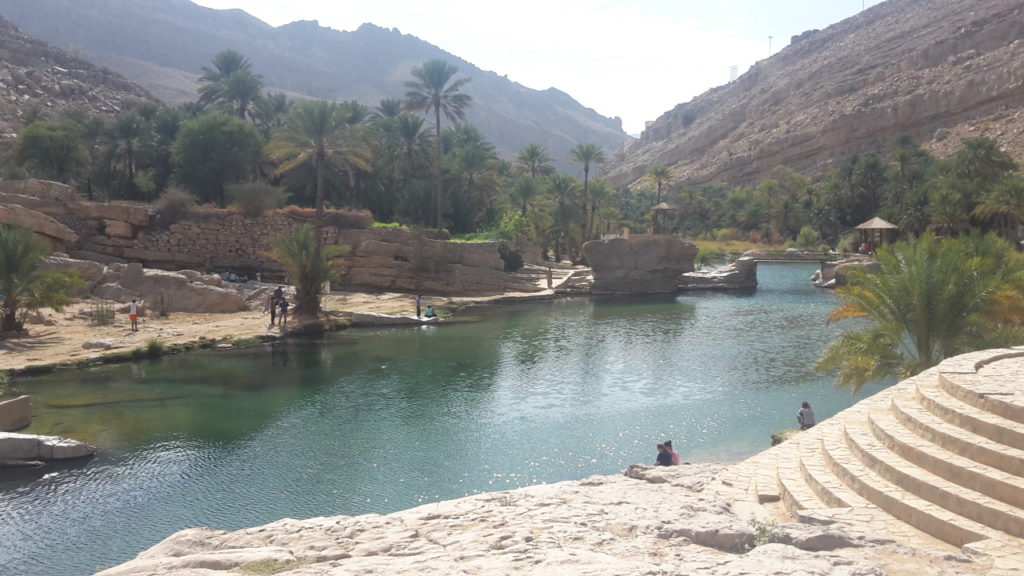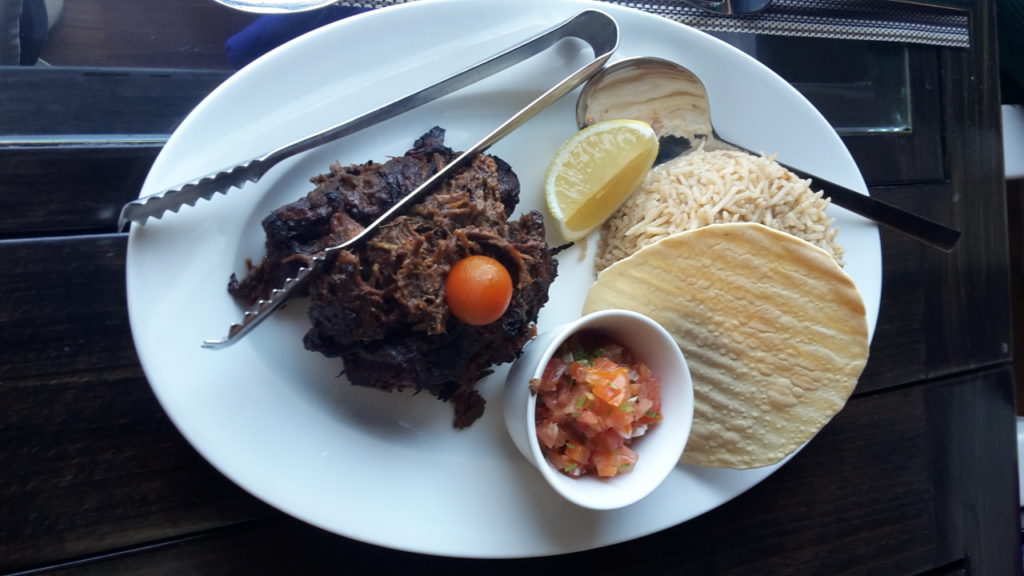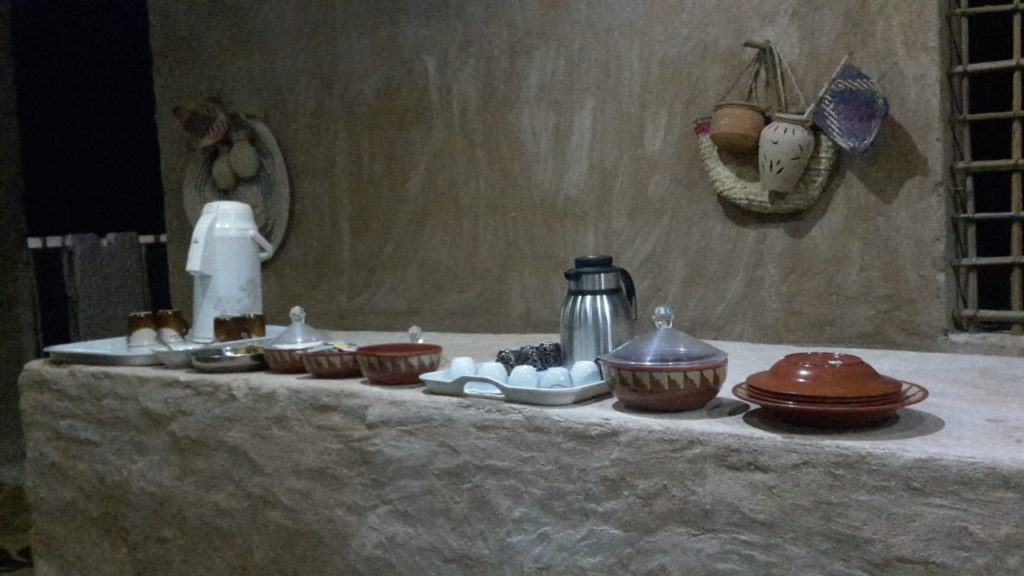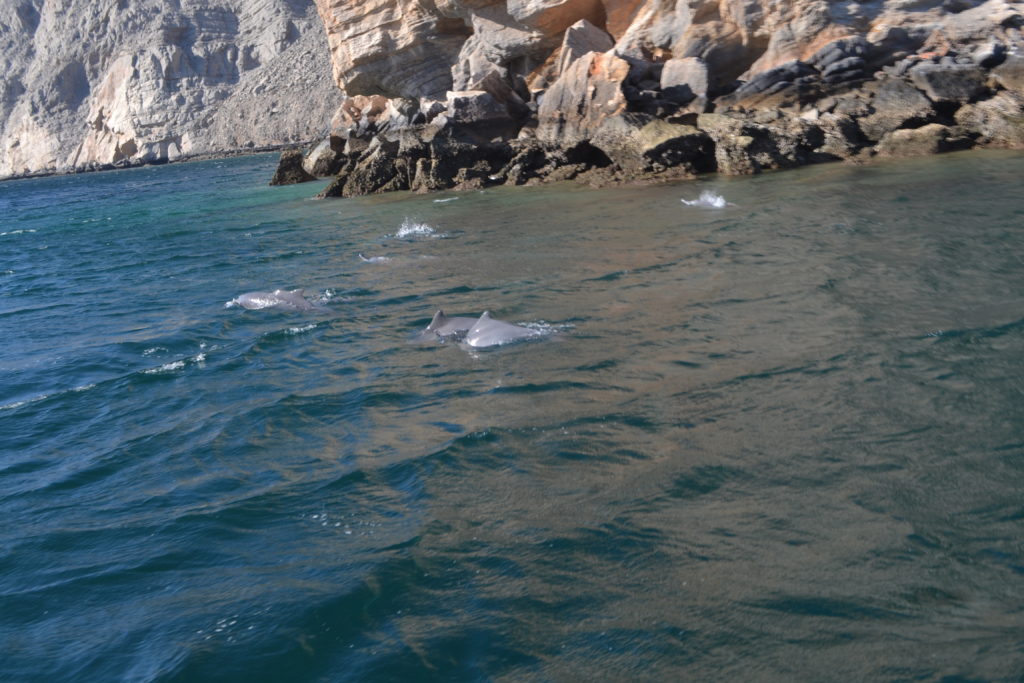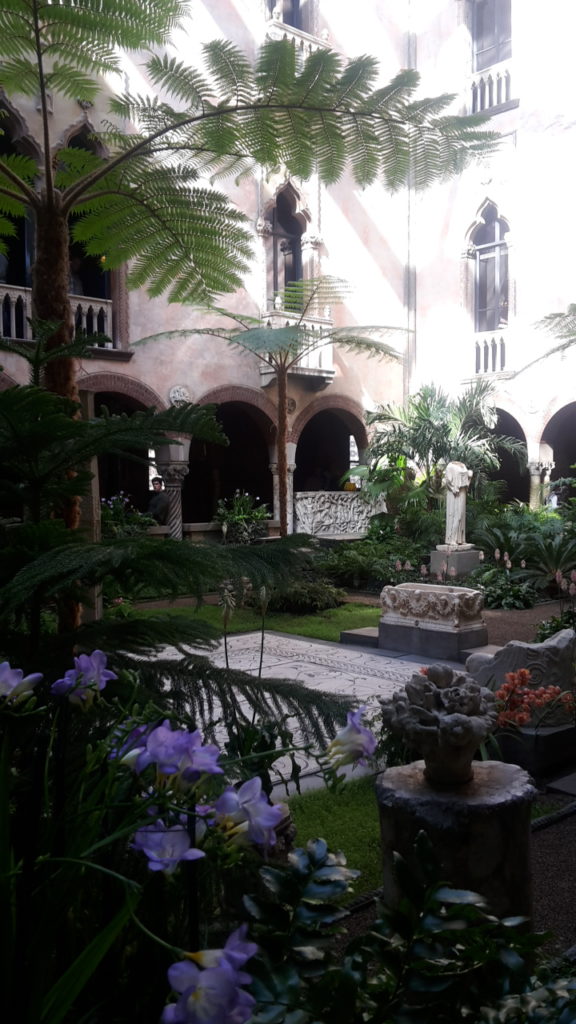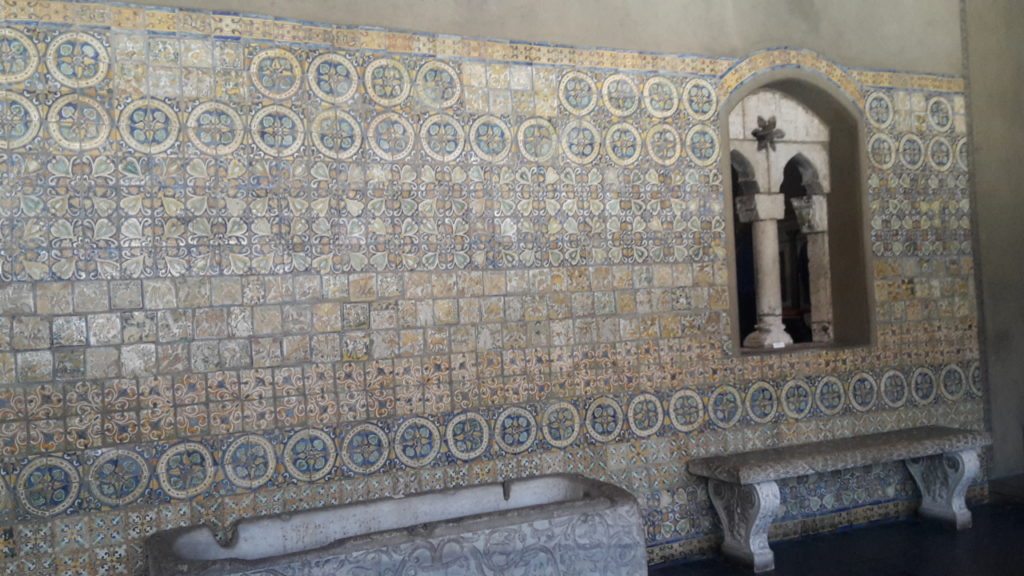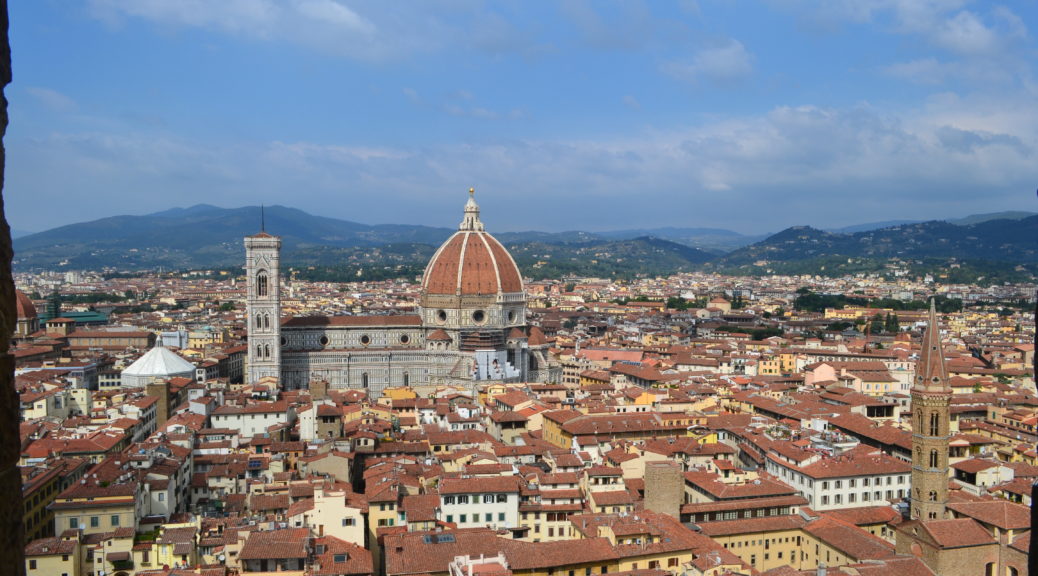
Top Tips to Avoid the Biggest Mistakes Tourists Make in Italy
Every country has its own way of doing things, and Italy is no exception. While some mistakes tourists make in Italy are part of the adventure of travel, other errors can be very time-consuming or expensive to resolve. When I travel, I try to be aware of the most common pitfalls I could possibly encounter, and do some research to avoid them.
Preparing for a trip to Italy? Here’s what you need to know to make the most of your time there, and avoid the mistakes that many tourists make.
TRAVELING AROUND ITALY
- The most efficient way to get around between cities are the high-speed trains, or regional trains for less-travelled routes. The main train companies are TrenItalia and Italo, and both have English versions of their websites available.
- If you’re being more flexible with your plans, you can buy your train ticket at the last minute at one of the electronic kiosks, which also offer multiple languages.
- Don’t plan on waiting until the last train, as sometimes trains are quite delayed or cancelled.

- If you don’t have a person or turnstile taking your ticket, be sure to validate your train ticket before boarding. There is usually a small box on the train platform where you can insert your ticket to validate. Fines can be high if you don’t, and this is something that does get checked relatively frequently.
RESTAURANTS
- If there is a particular place you’d like to eat at for lunch or dinner, whether it’s an upscale spot or simply a popular trattoria, make a reservation. You can usually get a reservation the day or two before – or even earlier the same day – but if you show up at dinner time on the night, you might be refused.
- Usually the first question when you sit down will be about water, whether you want to drink naturale (still water) or frizzante/gassata (sparkling water), so have an answer ready. Italians don’t drink tap water.
- Service may not be as attentive as in your home country, which is simply the Italian way. If there is something you need – including the check – flag someone down and ask.
- Some restaurants will bring the bill to the table, others will direct you to pay at the cassa, the cash register.
- Typically restaurants include a coperto, a cover charge for service and bread, which is listed on the menu and will show up on your bill.

- Tipping is not expected if there is a coperto, although you are welcome to leave small change or an additional tip if you’d like.
- Don’t refuse your receipt. By law you must have the receipt for 100 meters after leaving the restaurant (this is to ensure that the restaurant has paid taxes, not that you have paid). Yes, I’ve been chased out of a restaurant by a server after leaving my receipt behind.
BARS
- In Italy, “bar” means a place to get coffee and a pastry, although many will serve alcohol as part of aperitivo. Or first thing in the morning, if you ask…
- At many bars you pay first, and then show your receipts to the barista to be served.
- Traditionally, coffee (and your pastry) is consumed standing at the bar in a few quick minutes. You have the option of sitting at some bars, although it is possible you will be charged a coperto (see ‘Restaurants’ section above) if you do. In touristy areas, this might be exorbitant.

- In the evening, the bar that was your morning coffee shop often morphs into your happy hour spot, where you can enjoy an aperitivo, consisting of a pre-dinner drink and some food, which will range from some small nibbles to a full buffet
WINE TOURISM
- If you’re wine tasting and would like to buy wine to take home, it helps to have a car to transport the heavy load. Many wineries ship internationally, but prices can be quite high. It can be more cost-effective to pay for extra airline baggage packed with bottles of wine (or utilize your baggage allowance wisely) than to ship them. Plan your wine packing in advance, and you’ll save hundreds of Euros.
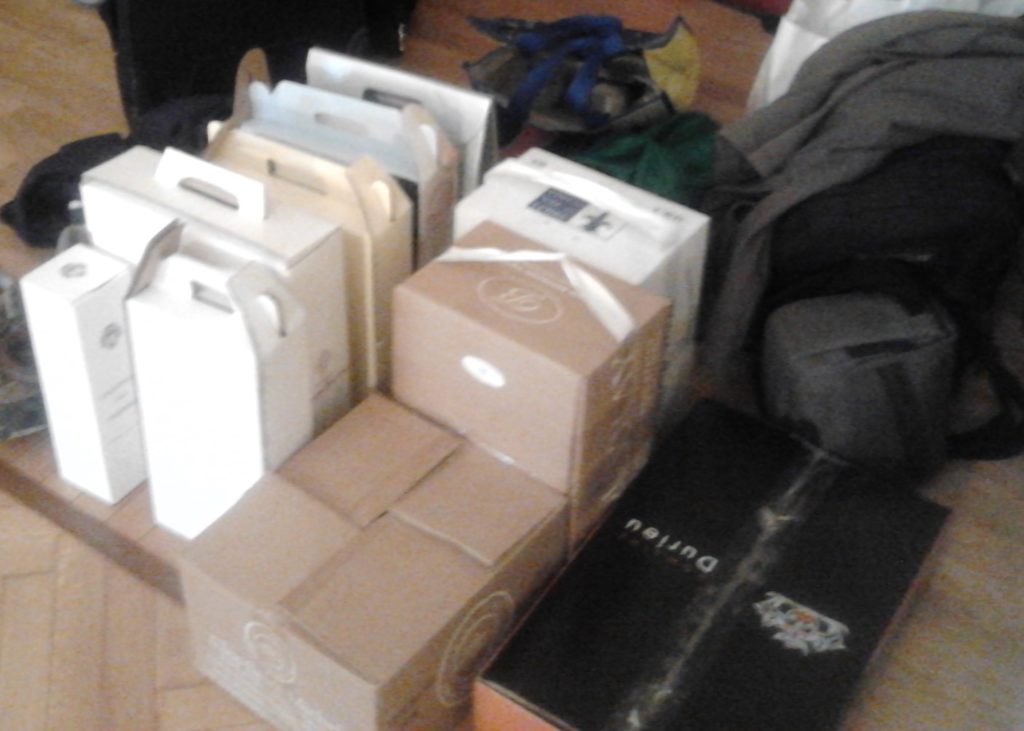
MISCELLANEOUS
- In the bathroom, when in doubt, look for a foot pedal (or inconspicuous button on the wall) to flush a toilet or operate the faucet to wash your hands. I’ve seen tourists linger in the bathroom for a long time trying to figure this out!
If you’re really committed to blending in during your visit, you’ll also want to check out my post on the Top 10 Ways to Experience Italy Like a Local. But at a minimum, if you follow the tips above, you won’t be caught with an exorbitant fine for not validating your train ticket or be stuck waiting hours for your server to bring the check at the end of your meal. I’ve seen many mistakes tourists make in Italy, but fortunately with a few tips most can be avoided!
What other things did you wish you had known before traveling to Italy? Anything else I should include? How do you avoid the typical tourist mistakes when you travel? Share your best intel in the Comments below!
Like this post? ‘Pin it’ on Pinterest =)
